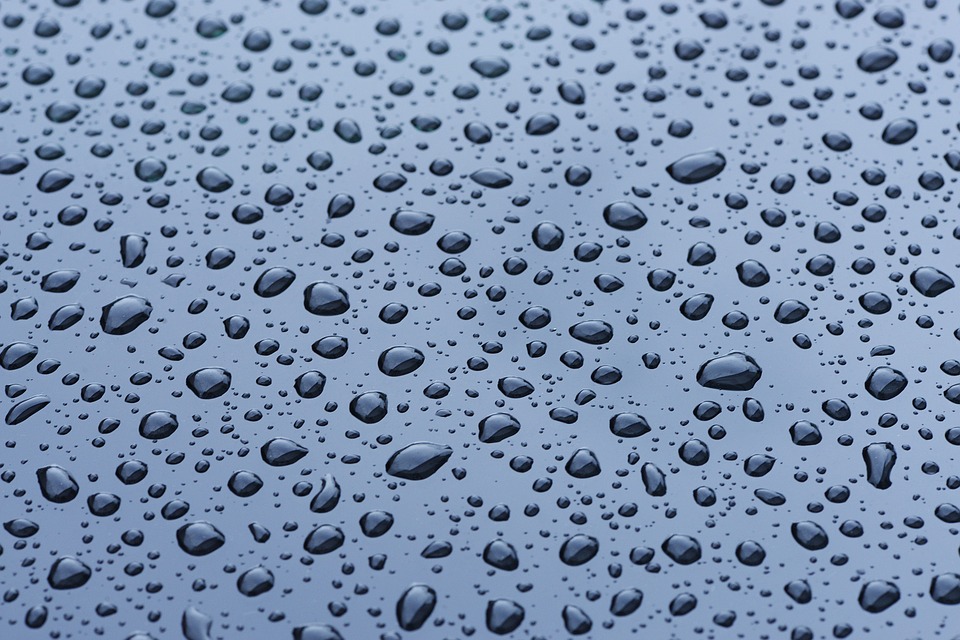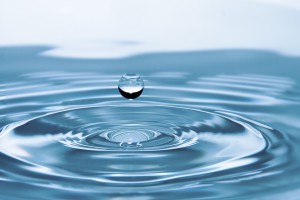We think that water is an inexhaustible resource, and yet we are wrong on all counts. On the contrary, water has been a threatened resource for some time, as the earth’s fresh water reservoirs have been emptying more and more in recent years. It is therefore necessary to take care not to waste water, to consume as little as possible. Remember that half of the people living on the planet lack water! So be more responsible and try to act as a good eco-responsible citizen. To meet part of your home’s water needs and if you have a good level of rainfall in your area, we recommend that you set up a rainwater harvesting system. Let’s talk about these systems
How does rainwater harvesting work?
Rainwater harvest is actually a very simple system. You just need to have the necessary material to collect rainwater. Normally, it is the water from the gutter that you will collect, and then store it in the space you have chosen for this purpose.
The principle of operation is quite simple: when the rain falls on your roof, it goes to the gutters to be evacuated to the ground. The gutters will be equipped with collectors to ensure the recovery. At this stage, filters are installed at the entrance of the collector to rid the water of any debris it may contain.
Once the water is collected, it will be stored in a rainwater tank. There are different solutions in this matter, you will simply have to choose the solutions that correspond to your means as well as to your needs.
What equipment is required to collect rainwater?
We have just talked about it a bit, you have probably already understood that you need a collector and a tank to constitute the main part of the system. In fact, it is a little more complicated, especially if you decide to opt for a more complete installation.
So, there are different solutions regarding rainwater harvesting equipment. There are tanks that you can simply install under the gutter to collect water, above ground tanks of course. You don’t need much afterwards, they are often equipped with a tap to use the water afterwards. There are of course filters installed for the water.
Second solution, the solutions of aerial tanks. These are most often installed at the level of the walls of the house, in height you must well suspect. They are also connected to the gutters with a pipe and also equipped with a filter so that the water is properly cleaned of waste.
Third solution, the tanks buried in the ground. These are the most interesting in reality. Indeed, they allow storing large volumes of water and also and especially to be able to store the water as long as possible.
How to proceed with the installation of this system?
The installation of a rainwater harvesting system depends on the system you have chosen to install at home. Above ground tanks are convenient, most of the time you just have to install them on the ground and connect the different pipes to receive the rainwater, but also to use it.
Above ground tanks are more difficult to install and require strong supports to support the rainwater harvesting system when empty but also when it is full. In any case, we advise you to call a professional to install it correctly.
Finally, for the tanks to be buried, you will have to think about important works. First, you will need enough space to bury the storage tank where the water will stay. You will also need a water pump to be able to collect water from inside.
You will have to dig the ground to put the storage tank in place, and dig deep. The larger the tank, the deeper you will need to dig. In addition, you will also need to install the proper piping to carry the water into the tank and out of it when you need it.
When can you use this solution?
It is possible to use rainwater harvesting if you are in a place where it rains a lot at certain times and where it is so hot at other times that the use of water is restricted.
Be careful, the roof through which you are going to collect rainwater must not be accessible, but in addition, the roof must be free of asbestos and lead, otherwise you will not be able to collect rainwater properly.
It is also important to know that the domestic use of rainwater is limited to the needs of maintenance, washing floors, laundry, car or sanitary without forgetting watering. Rainwater should never be used for food.
If you decide to use rainwater in your home, we would also like to point out that you should put up signs or labels or simply color-code your home to let users know which source is drinking water and which is rainwater.
What are the good reasons why you should use rainwater?
Why use rainwater? First, it is for ecological reasons. As we have just told you, fresh water is becoming more and more scarce and if we are not careful, there might not be any more on earth. It is therefore necessary to protect our environment and to consume less water.
Indeed, rain is a free resource, it allows us to take advantage of water that does not come from the current network, but which can nevertheless be used for different applications in the house. The use of rainwater also allows you to reduce the expenses that you have to make at home and that do not need drinking water.
Indeed, washing the car or watering the garden does not always require running water from the tap, drinking water. You should also know that rainwater is much more beneficial for plants than tap water!
Another good reason to collect rainwater? A well-filled water tank at home can save you from catastrophic situations like fire or something more natural like drought. When everyone is struggling with water, you can water your plants with rainwater.


